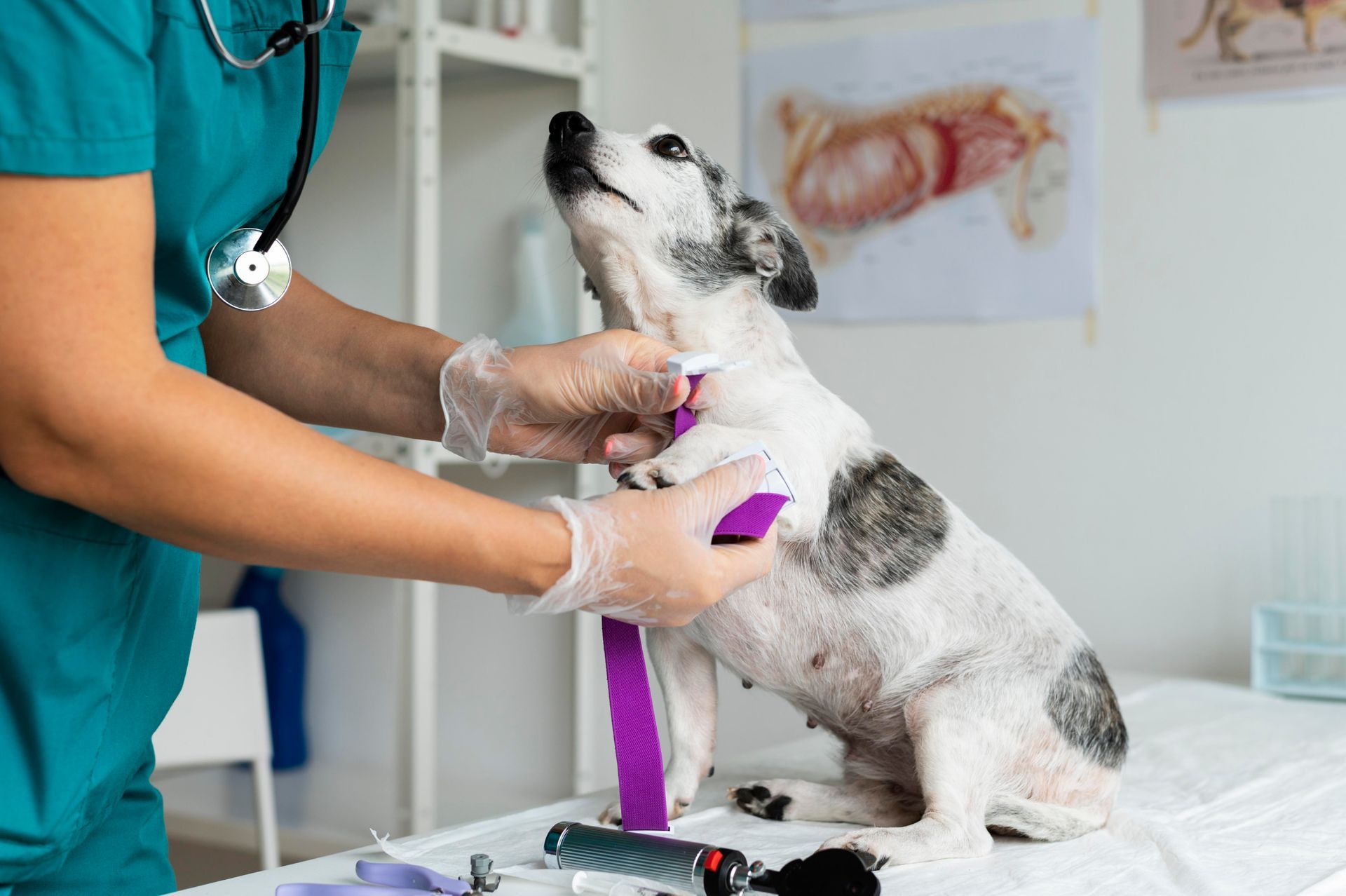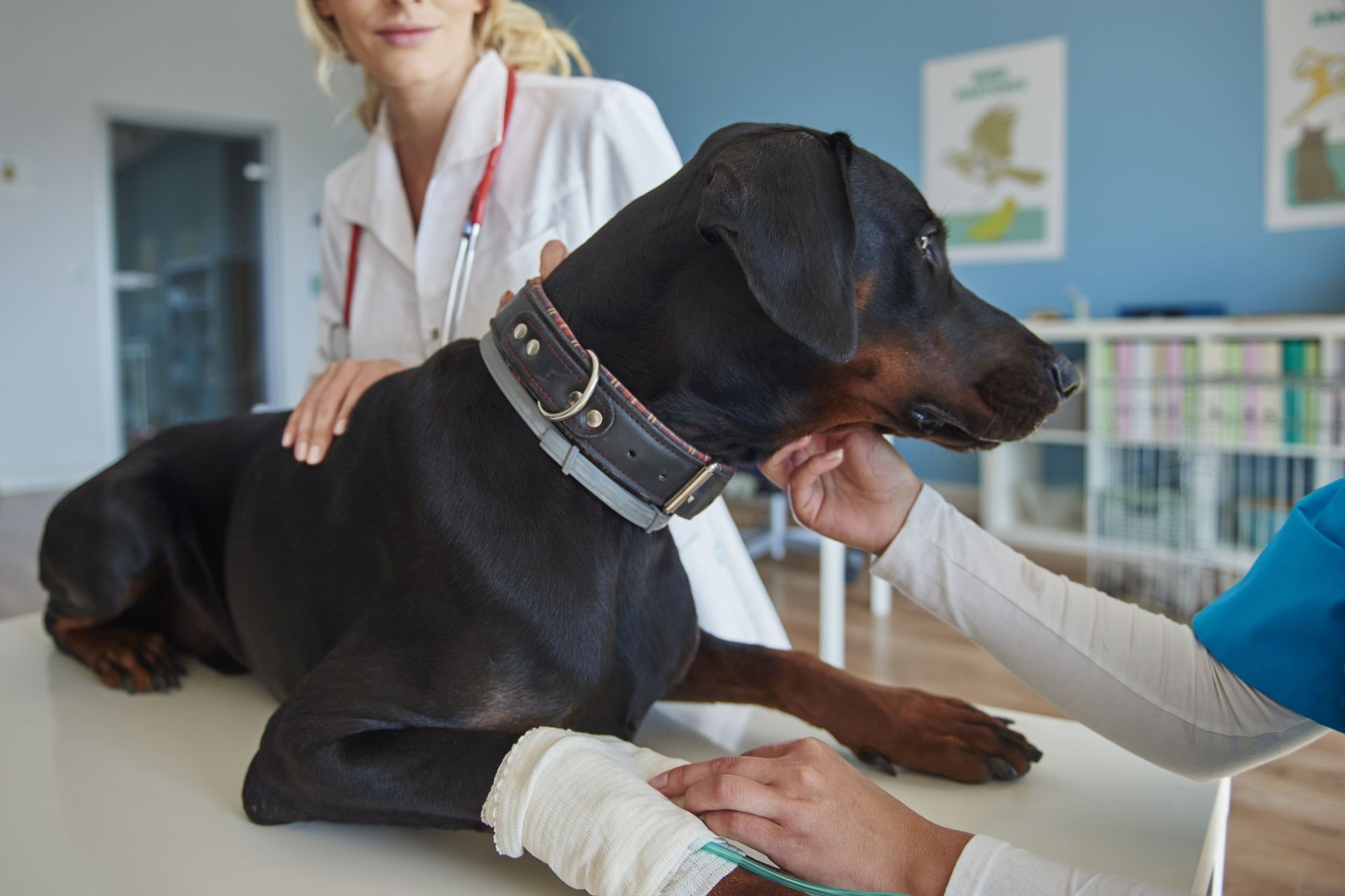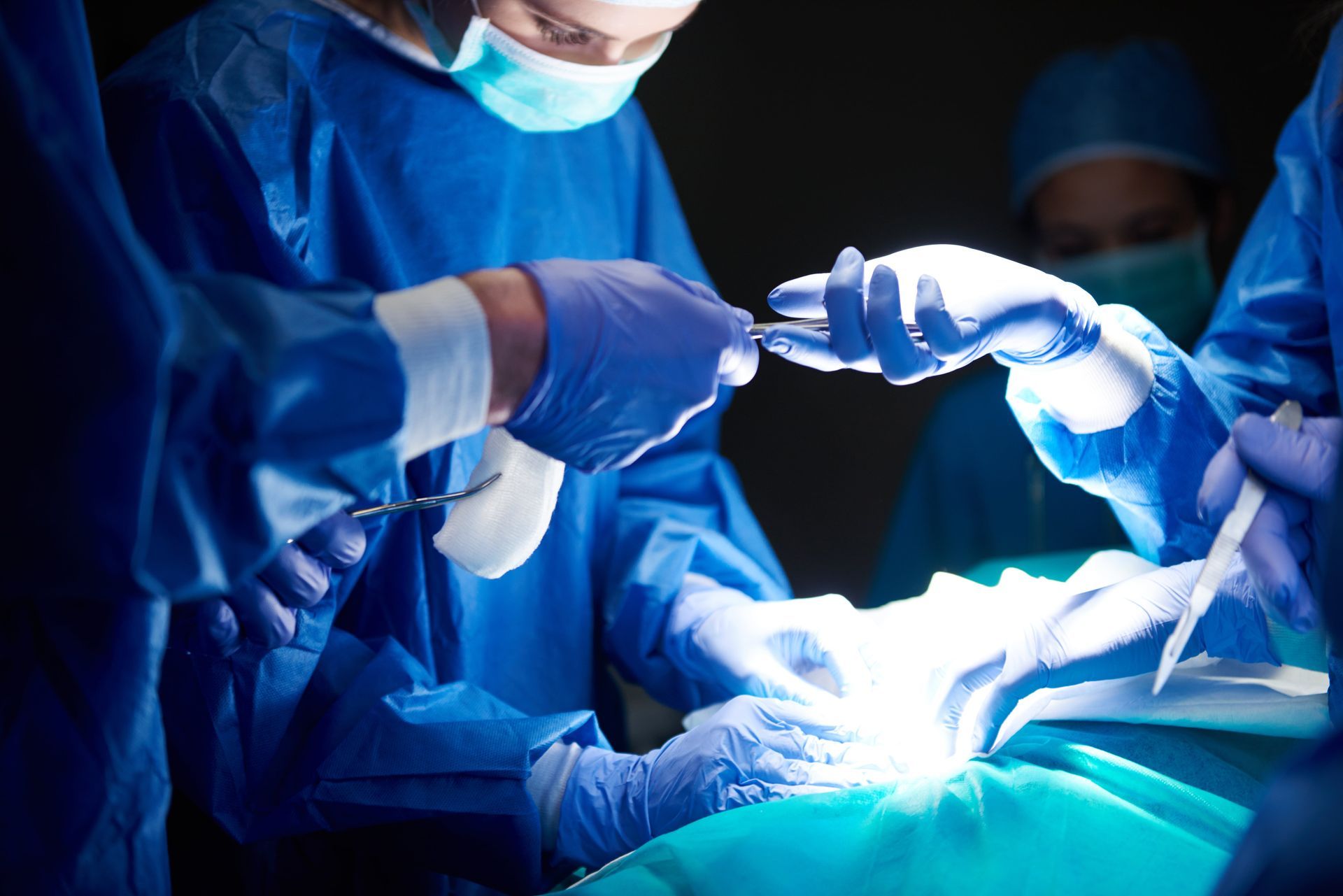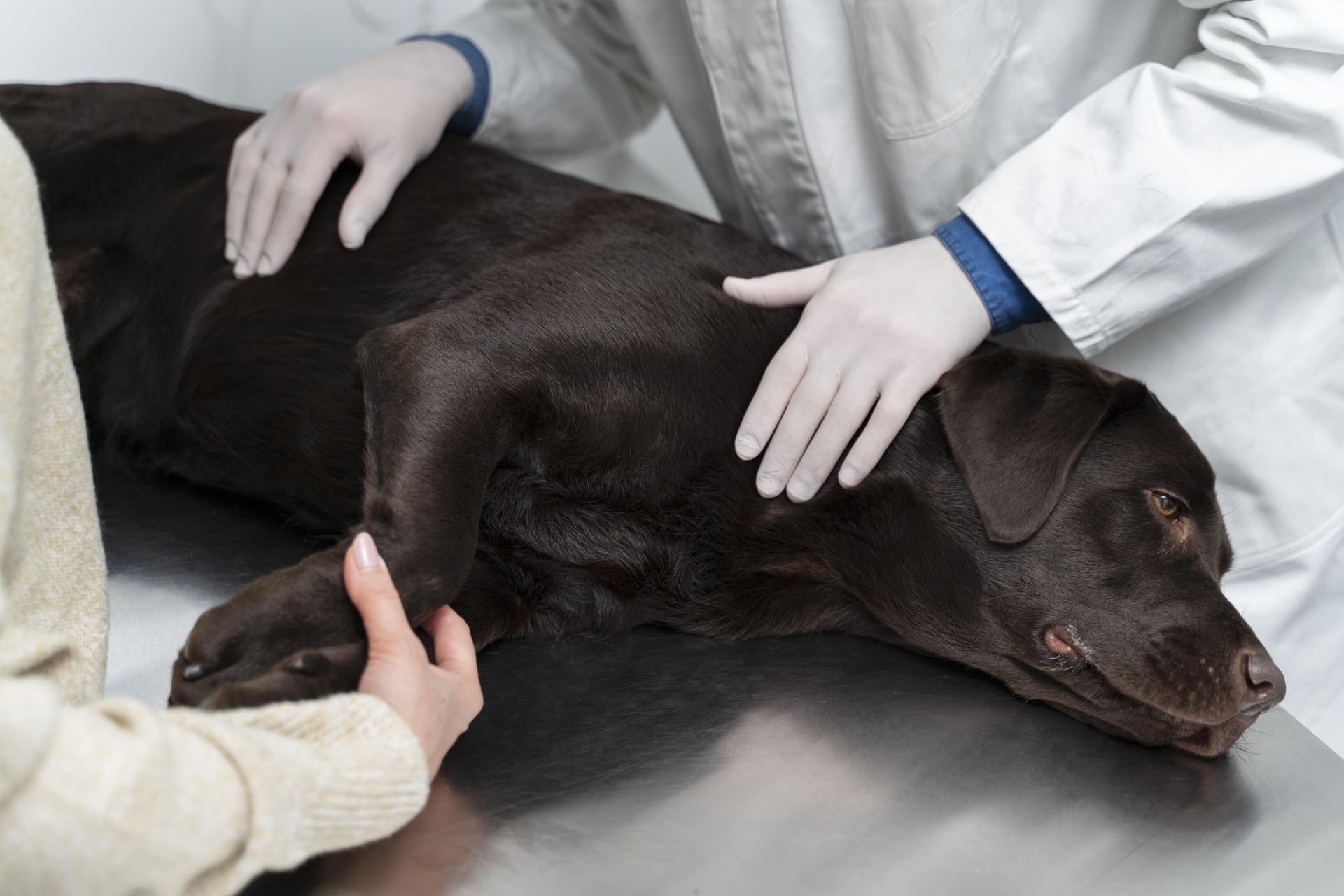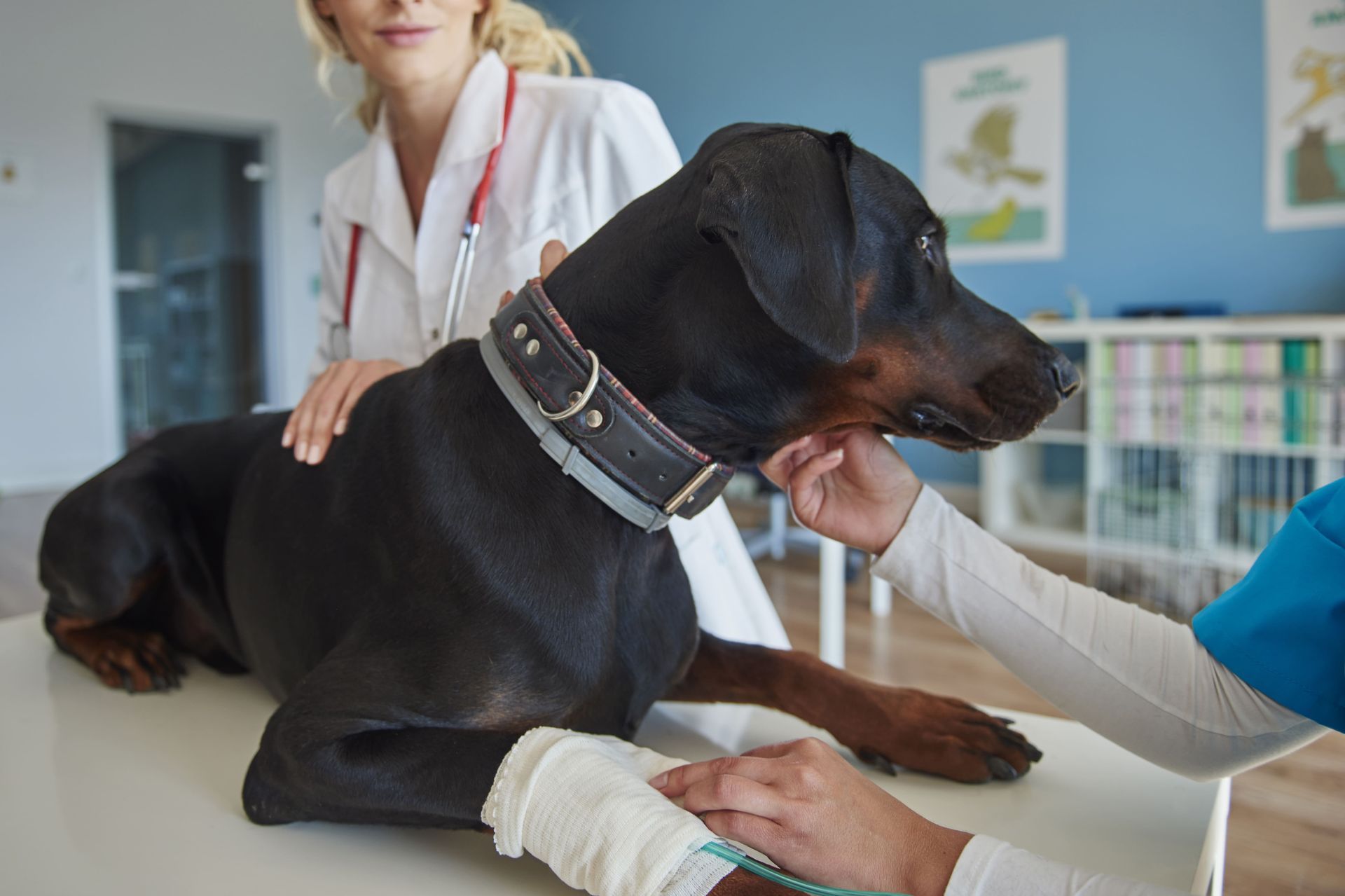Contact Info
133 Lincoln Avenue, Fair Lawn, New Jersey 07410, US
973-427-0990
133 Lincoln Ave, Fair Lawn, NJ 07410
Call Us Now: (973) 427-0990
133 Lincoln Ave, Fair Lawn, NJ 07410
Call Us Now: 973-427-0990
Ensuring your pet is ready for surgery can be a daunting task, but with careful preparation, you can ease both yours and your pet's anxiety. This guide will provide you with essential steps to ensure your furry friend is well-prepared for successful animal surgery.
Step #1: Understand the Procedure
Start by discussing with your veterinarian to understand why the animal surgery is necessary and what it entails. Having a clear picture can help you prepare better and know what to expect during the recovery process.
It’s important to familiarize yourself with the type of animal surgery your pet will be undergoing. Whether it’s orthopedic, ophthalmology, or any other type of pet care procedure, understanding the specifics will allow you to prepare adequately. This might involve reading articles or talking to your vet about potential risks and benefits.
If your pet is having eye surgery, for example, you might consult resources like the guide on preparing for veterinary ophthalmology surgery. These details are not only about the procedure itself but also the recovery and special needs your pet might have during that period.
Consider keeping a dedicated notepad or mobile notes app to jot down all the advice from your vet. Having a reference on hand can be invaluable throughout the animal surgery journey.
Step #2: Follow Pre-Surgery Instructions
Your vet may provide specific instructions, like withholding food or water for a certain period before the procedure. Adhering to these guidelines is crucial for your pet’s safety.
Pre-surgery protocols often include planning for your pet’s comfort, such as adjusting medication schedules and ensuring your pet has had enough rest. Make sure you fully understand these instructions and prepare for them in advance.
In some cases, pre-anesthetic blood work might be recommended to ensure that your pet can handle anesthesia safely. This testing helps uncover any hidden conditions that could cause complications during animal surgery.
Little things like arranging transportation ahead of time or having someone available for emotional support can go a long way in making the process smoother for both of you.
Step #3: Prepare a Comfortable Space
Ensure your pet has a quiet, comfortable place to rest after animal surgery. This area should be free from hazards and easily accessible for checking on them.
Choose a recovery space that minimizes the risk of post-surgery injuries. Consider quiet post-operative care methods, such as laying down carpets to prevent slipping and keeping the area free from obstacles.
Adding your pet’s favorite blankets or toys can provide comfort, helping them feel safe as they recuperate. A stress-free environment supports their recovery journey.
You could even play soft music or use a calming diffuser to help relax your pet—think of it as their mini spa retreat after animal surgery.
Step #4: Plan for Aftercare
Stock up on necessary supplies such as medications, food, and any special equipment your pet might need during recovery. Understanding post-surgery care from your vet will help ease the healing process.
Your veterinarian will guide you about specific post-operative needs, like when to administer medication or how to monitor wound healing. It's key to know about follow-up appointments and to maintain regular check-ins with your vet.
Consider dietary changes or supplements that might be beneficial for your pet’s recovery. Discuss these with your vet, especially concerning conditions like joint or muscle repair after animal surgery.
Even planning out a post-op care checklist on your fridge can help everyone in your household stay informed and involved in the healing process.
Step #5: Stay Calm and Supportive
Your pet will likely pick up on your emotions, so staying calm and supportive can help reduce their anxiety. Offer plenty of love and reassurance before and after the animal surgery.
Being supportive also means sticking to routines; pets often find solace in predictable surroundings. It’s crucial to maintain normalcy, especially when they’re recovering from a procedure.
Remember, if you feel overwhelmed or uncertain at any point, reach out to your veterinarian. They are there to guide you through every step of your pet's animal surgery journey.
You don’t have to go through this alone—building a small support network, whether online or with friends who are pet parents, can help you emotionally prepare as well.
Final Thoughts on Preparing Your Pet for Animal Surgery
Preparing your pet for animal surgery may seem overwhelming, but by following these steps, you can ensure the process goes smoothly. Your calmness will help your pet feel secure and ready for whatever comes next. From understanding the procedure to setting up a post-op recovery zone, your proactive approach will significantly improve their experience.
Always consult with your veterinarian
for specific advice tailored to your pet's needs, and remember that love, preparation, and patience are the keys to a smooth recovery. Whether it’s a routine procedure or a complex one, your thoughtful care makes all the difference in their journey through animal surgery.
FAQs
Q-1. How long should my pet fast before animal surgery?
Ans: Your veterinarian will give specific guidelines, but generally, pets are asked to fast for 8–12 hours before surgery to reduce the risk of complications during anesthesia.
Q-2. What supplies should I have ready at home post-surgery?
Ans: Essential items include prescribed medications, a recovery bed, soft food, clean water, an Elizabethan collar (if required), and any medical supplies your vet recommends.
Q-3. Can I stay with my pet during animal surgery?
Ans: Most clinics do not allow owners in the operating room for safety and sterility reasons, but you can often be with your pet during pre-op and immediately post-op periods.
Q-4. How do I know if something is wrong after surgery?
Ans: Watch for signs like excessive swelling, bleeding, vomiting, or lethargy. If anything seems off, call your vet immediately. Follow-up visits are essential for monitoring healing.
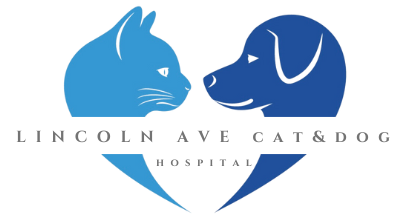
The Lincoln Avenue Cat & Dog Hospital was founded in 1984, quickly emerging as a regional leader in treating felines exclusively.
Quick Links
Contact Info
133 Lincoln Avenue, Fair Lawn, New Jersey 07410, US
973-427-0990

Quick Links
Contact Info
133 Lincoln Avenue, Fair Lawn, New Jersey 07410, US
(973) 427-0990
Fax: (973) 427-0990
© 2025
All Rights Reserved | Lincoln Ave Cat & Dog Hospital
New Paragraph
PAYMENT POLICY
Please note that there is a 3.5% processing fee applied to all credit card payments. If you wish to not incur this fee we will accept a debit card or cash. We apologize for any inconvenience.


